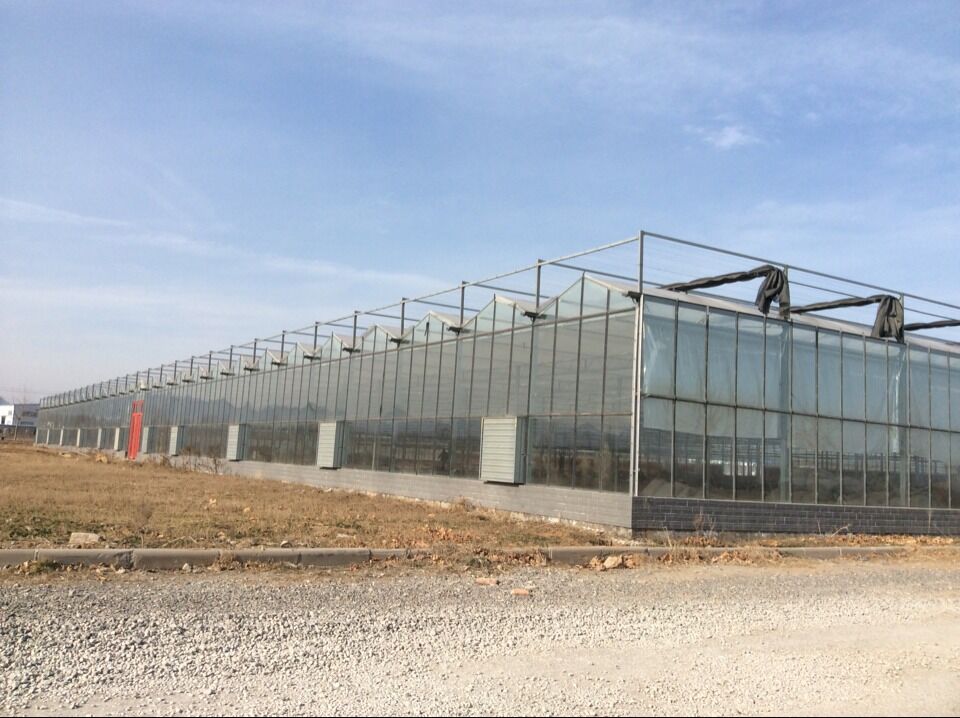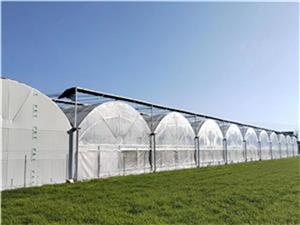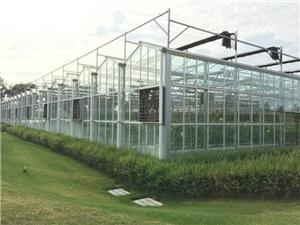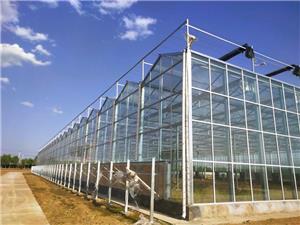The selection of glass for glass greenhouses
In modern agricultural planting, glass greenhouses, with their controllable growth environment, have become important facilities for efficient crop cultivation. As the "outerwear" of greenhouses, glass directly affects core performance such as light transmission, heat preservation, and damage glass greenhouse resistance. Choosing the right glass not only reduces energy consumption costs but also significantly improves crop yield and quality. This article glass greenhouse will start from the core demands of Google search users, detailing the key factors in selecting glass for greenhouses, comparisons of common glass greenhouse types, and practical tips to help you avoid selection mistakes. Please provide the text you want to be translated.
I. Four Core Considerations for Glass Selection in Greenhouses
Whether growing vegetables, flowers or seedlings, the following four dimensions should be evaluated first before choosing glass to ensure that the glass performance matches the planting requirements and climatic conditions. Please provide the text you want to be translated.
1. Light transmittance: Determines the efficiency of crop photosynthesis
Light transmittance is the core indicator of a glass greenhouse, directly affecting the intensity of photosynthesis in crops. According to agricultural glass greenhouse planting standards, high-quality greenhouse glass should have a light transmittance of over 90%, and the UV (ultraviolet) transmittance should also be considered - some crops (such as tomatoes and strawberries) require sufficient UV-B rays to promote fruit coloring and sugar accumulation. Please provide the glass greenhouse text you want to be translated.
Note: Avoid choosing tinted glass (such as green or blue), as this type of glass filters out key spectra, causing slow growth of crops; the surface coating or impurities of ordinary float glass need to be removed to prevent a decline in light transmittance. Please provide the text you want to be translated.
Google search high-frequency questions corresponding to: "What is the appropriate light transmittance of greenhouse glass?" "What is the impact of ultraviolet rays on greenhouse crops?" The answers can be directly linked here to meet users' immediate query needs. Please provide the text you want to be translated.
2. Thermal insulation: Reducing energy consumption and stabilizing indoor temperature
The thermal insulation of glass greenhouse is mainly measured by the thermal conductivity coefficient (U-value). The lower the U-value, the less heat loss, and the lower the cost of heating in winter and cooling in summer. The requirements for thermal insulation vary significantly in different climate zones:
In cold northern regions: It is recommended to choose glass with a U-value of ≤0.6 W/(㎡·K), such as double-pane insulating glass (U-value 0.5-0.8), and combining it with Low-E coating can further reduce the U-value to below 0.4. Please provide the text you want to be translated.
In the high-temperature areas of the south, the insulation requirements can be appropriately reduced. It is recommended to prioritize the use of single-layer high-transparency glass, but it should be combined with a shading system to balance light transmission and heat dissipation. Please provide the text you want to be translated.
Data reference: The U-value of single-pane ordinary glass is approximately 1.0 - 1.2 W/(㎡·K). The U-value of double-pane insulating glass (including air layer) is 30% - 50% lower than that of single-pane glass, and it can save 20% - 30% of energy consumption costs annually. Please provide the text you want to be translated.
3. Resistance to damage: Ensuring the long-term safe operation of greenhouses
Glass greenhouses need to withstand natural impacts such as wind, rain, hail and snow accumulation. Insufficient resistance to damage can easily lead to glass breakage, increasing maintenance costs and affecting crop growth. Please provide the text you want to be translated.
Key indicators: Choose tempered glass (with impact resistance 3 to 5 times that of ordinary glass) or laminated glass (where fragments stick together upon breakage to prevent falling and injuring people or crops). Please provide the text you want to be translated.
Special scenarios: In coastal areas, it is necessary to consider typhoon resistance performance. Glass greenhouse is recommended to choose tempered glass with a thickness of ≥ 5mm. In areas with frequent hail, laminated tempered glass is preferred to enhance impact resistance. Please provide the text you want to be translated.
4. Weather Resistance: Avoid Performance Degradation Over Long-Term Use
Glass greenhouse glass is exposed to the outdoors for a long time and needs to withstand the effects of ultraviolet aging, acid rain corrosion, and high-temperature and high-humidity environments.
Material Requirements: Choose float glass that meets the GB/T 11614-2022 "Flat Glass" standard. Anti-fog and anti-corrosion coatings can be applied to the surface to reduce glass greenhouse condensation and the adhesion of dirt. Please provide the text you want to be translated.
Service life: High-quality tempered glass or Low-E coated glass can last for 15 to 20 years. If ordinary glass is not properly maintained, it may experience a decline in light transmittance and edge corrosion within 5 to 8 years.





